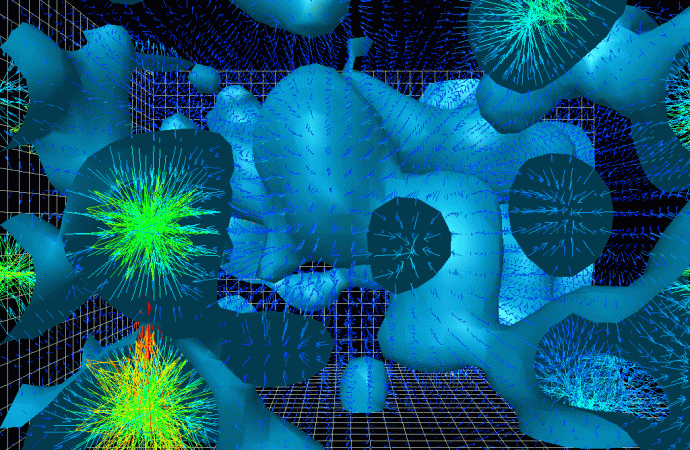Solid state physics, a branch of condensed matter physics, has witnessed remarkable innovations in recent years, revolutionizing various fields including electronics, energy, and computing. This article explores the latest breakthroughs in solid state physics research, their implications, and future prospects. Introduction to Solid State Physics Solid state physics deals with the study of physical properties
Introduction to Solid State Physics
Solid state physics deals with the study of physical properties of solid materials, focusing on their electronic, magnetic, and structural characteristics. Understanding the behavior of materials at the atomic and molecular level is crucial for advancing technology and addressing societal challenges.
Historical Context of Solid State Physics
Early Developments
Solid state physics traces its roots back to the late 19th century with the discovery of phenomena such as electrical conductivity in solids and the photoelectric effect.
Key Milestones
The 20th century witnessed significant advancements, including the development of quantum mechanics and the transistor, laying the groundwork for modern electronics.
Traditional Methods of Solid State Physics Research
Experimental Techniques
Experimental methods such as X-ray diffraction, electron microscopy, and spectroscopy have been instrumental in characterizing materials and understanding their properties.
Theoretical Approaches
Theoretical frameworks like density functional theory and Monte Carlo simulations provide insights into the behavior of materials, guiding experimental research.
Emerging Innovations in Solid State Physics Research

Image by : Yandex
Quantum Materials
Materials exhibiting quantum phenomena, such as superconductivity and quantum magnetism, are at the forefront of research due to their potential applications in quantum computing and sensing.
Topological Insulators
Topological insulators are materials that conduct electricity on their surface while remaining insulating in the bulk, offering possibilities for low-power electronics and spintronics.
Spintronics
Spintronics exploits the spin of electrons to store and manipulate information, promising faster and more energy-efficient electronic devices compared to conventional electronics.
Perovskite Solar Cells
Perovskite-based solar cells have emerged as a promising alternative to traditional silicon solar cells, offering higher efficiency and lower production costs.
Quantum Computing
Quantum computing harnesses the principles of quantum mechanics to perform computations at unprecedented speeds, revolutionizing fields like cryptography and optimization.
Impact of Innovations on Various Industries
Electronics
Innovations in solid state physics have led to the development of smaller, faster, and more energy-efficient electronic devices, driving the advancement of smartphones, computers, and wearable technology.
Energy
Perovskite solar cells and other renewable energy technologies based on solid state physics research offer sustainable alternatives to fossil fuels, addressing climate change and energy security.
Computing
Quantum computing has the potential to solve complex problems in fields such as drug discovery, financial modeling, and artificial intelligence, transforming industries and scientific research.
Challenges and Future Directions
Scaling up Production
One of the challenges in translating research into practical applications is scaling up production to meet the demands of industry while maintaining quality and affordability.
Integration with Existing Technologies
Integrating new technologies based on solid state physics with existing infrastructure requires careful planning and investment in research and development.
Ethical Considerations
As with any technological advancement, ethical considerations such as privacy, security, and equitable access must be addressed to ensure the benefits are distributed fairly across society.
Conclusion
Innovations in solid state physics research have the potential to reshape industries and address pressing global challenges. By harnessing the power of quantum materials, spintronics, and other emerging technologies, we can pave the way for a more sustainable and technologically advanced future.
FAQs
What is solid physics?
Solid physics is the study of the physical properties of solid materials, focusing on their electronic, magnetic, and structural characteristics.
What are some examples of quantum materials?
Quantum materials include superconductors, quantum magnets, and topological insulators, which exhibit unique quantum phenomena.
How does spintronics differ from conventional electronics?
Spintronics utilizes the spin of electrons, in addition to their charge, to store and manipulate information, offering potential advantages in speed and energy efficiency.
What are the advantages of perovskite solar cells?
Perovskite solar cells offer higher efficiency and lower production costs compared to traditional silicon solar cells, making them a promising alternative for renewable energy generation.
What are some potential applications of quantum computing?
Quantum computing has applications in fields such as cryptography, optimization, and drug discovery, where complex calculations can be performed much faster than with classical computers.
















